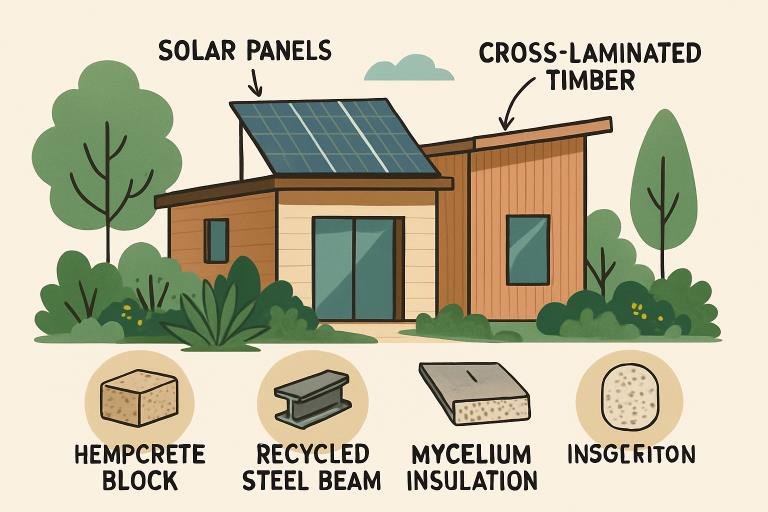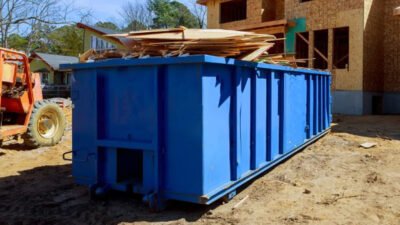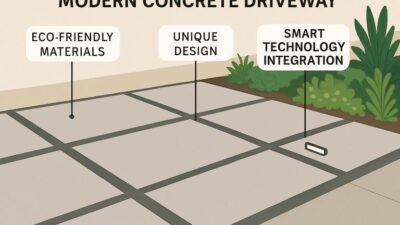With the increasing threats posed by climate change, homeowners and builders are placing greater emphasis on creating residences that stand the test of time and withstand environmental uncertainties. Forward-thinking companies, such as 323 Construction, are pioneering the movement toward resilient homes, combining durability, sustainability, and occupant comfort in their projects. As the need for safer, smarter homes grows, this article delves into the essential trends redefining residential construction to ensure safety and longevity.
Modern construction excellence goes beyond aesthetics or surface-level improvements. Innovative methods, advanced materials, and smart technologies are partnering to redefine what home resilience looks like in both urban and rural spaces. Whether safeguarding against extreme weather events or just creating healthier, more efficient environments, these trends are carving a new pathway for the industry.
Sustainable Materials Revolutionizing Residential Construction
The construction industry’s shift toward sustainability is integral to its future. Homebuilders increasingly turn to renewable and durable materials to replace traditional components. Cross-laminated timber (CLT), for example, is not only prized for its strength but also for its fire and seismic resistance, making it suitable for a wide range of climates. Meanwhile, recycled steel, hempcrete, and mycelium-based insulation are providing alternatives that limit environmental impact while boosting structural integrity. These advances are helping homes last longer and demand fewer resources for repairs and rebuilds, aligning with broader sustainability goals. Bio-based materials extend these benefits further. Hempcrete offers thermal efficiency and mold resistance, while mycelium insulation is biodegradable and highly effective for controlling heat and noise. Homeowners benefit from structures that are not only greener but also maintain comfort and strength during increasingly volatile weather patterns.
Advanced Construction Techniques Enhancing Resilience
Beyond materials, advanced building techniques are redefining how homes withstand natural and man-made challenges. The use of 3D printing in residential construction is no longer futuristic—it provides a rapid and flexible approach to building complex forms with less waste and labor. Similarly, modular construction, where large sections are produced in a factory setting and assembled on-site, significantly reduces both build time and disruptions caused by weather. These approaches enhance precision and structural integrity while boosting project efficiency for both homeowners and builders.
Prefabrication and off-site assembly also minimize exposure of building elements to external conditions before completion, preserving material quality and strength. As seen in 323 Construction’s approach, these methods not only expedite project timelines but also contribute to long-term resilience by improving overall build quality.
Technology Integration in Modern Home Construction
Technological advancements are now foundational to resilient home design, directly influencing planning, construction, and daily living. Building Information Modeling (BIM) facilitates precise planning and coordination among architects, engineers, and contractors, limiting errors and miscommunications. This digital workflow not only optimizes project delivery but also improves the longevity and maintenance of newly constructed homes.
Smart home integration is another major trend. Features such as automated lighting, climate control, and advanced security systems are often embedded during construction, rather than retrofitted. This early integration improves energy management and resilience while meeting the growing demand for interactive, intelligent living spaces.
Energy Efficiency and Performance Standards
Energy-efficient home construction is a cornerstone of resilience, addressing both environmental impact and the long-term cost of living. Superior insulation materials, high-efficiency HVAC systems, and the integration of solar panels are becoming standard for new builds. Many homeowners now target net-zero energy standards, meaning their homes produce as much energy as they consume over a year. This trend significantly reduces utility costs, ensures greater comfort year-round, and lessens reliance on external power grids. For more insights into sustainable building practices, the U.S. Department of Energy offers detailed guidelines.
Strict performance standards are reinforced by national and international building codes, encouraging innovations like triple-glazed windows, energy recovery ventilation, and even battery storage systems for harnessing excess renewable energy.
Climate-Adaptive Home Design
Adaptation to extreme weather is now a primary consideration in home design. In hurricane-prone areas, elevated construction and reinforced walls are becoming the norm, while homes in wildfire zones feature non-combustible siding and fire-rated roofing materials. Homes built in floodplains may incorporate innovative drainage or elevation strategies to prevent water intrusion.
Designers and builders also consider orientation and landscaping to maximize passive solar gain, wind resistance, and community-wide protection measures. Such adaptation strategies ensure that homes are shielded from the uncertainties brought on by increasingly unpredictable climate events.
Health-Centered Building Practices
Home resilience is about more than protection from weather; it now includes occupant health and well-being. Construction focusing on health incorporates non-toxic, low-VOC materials to minimize indoor air pollution and utilizes advanced HVAC systems equipped with hospital-grade HEPA filtration for enhanced air quality. Natural daylight and enhanced ventilation also contribute to healthier living spaces.
Biophilic design, which incorporates nature within buildings through features such as green walls, living roofs, and abundant indoor plants, has been shown to enhance mental well-being and productivity. These strategies combine to create spaces that support healthy lifestyles and promote longevity for both the home and its inhabitants.
As resilient home construction continues to evolve, forward-looking builders and homeowners are prioritizing materials, techniques, and technologies that offer both immediate protection and long-term security.



